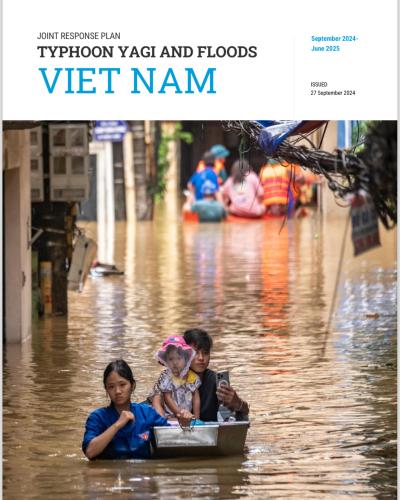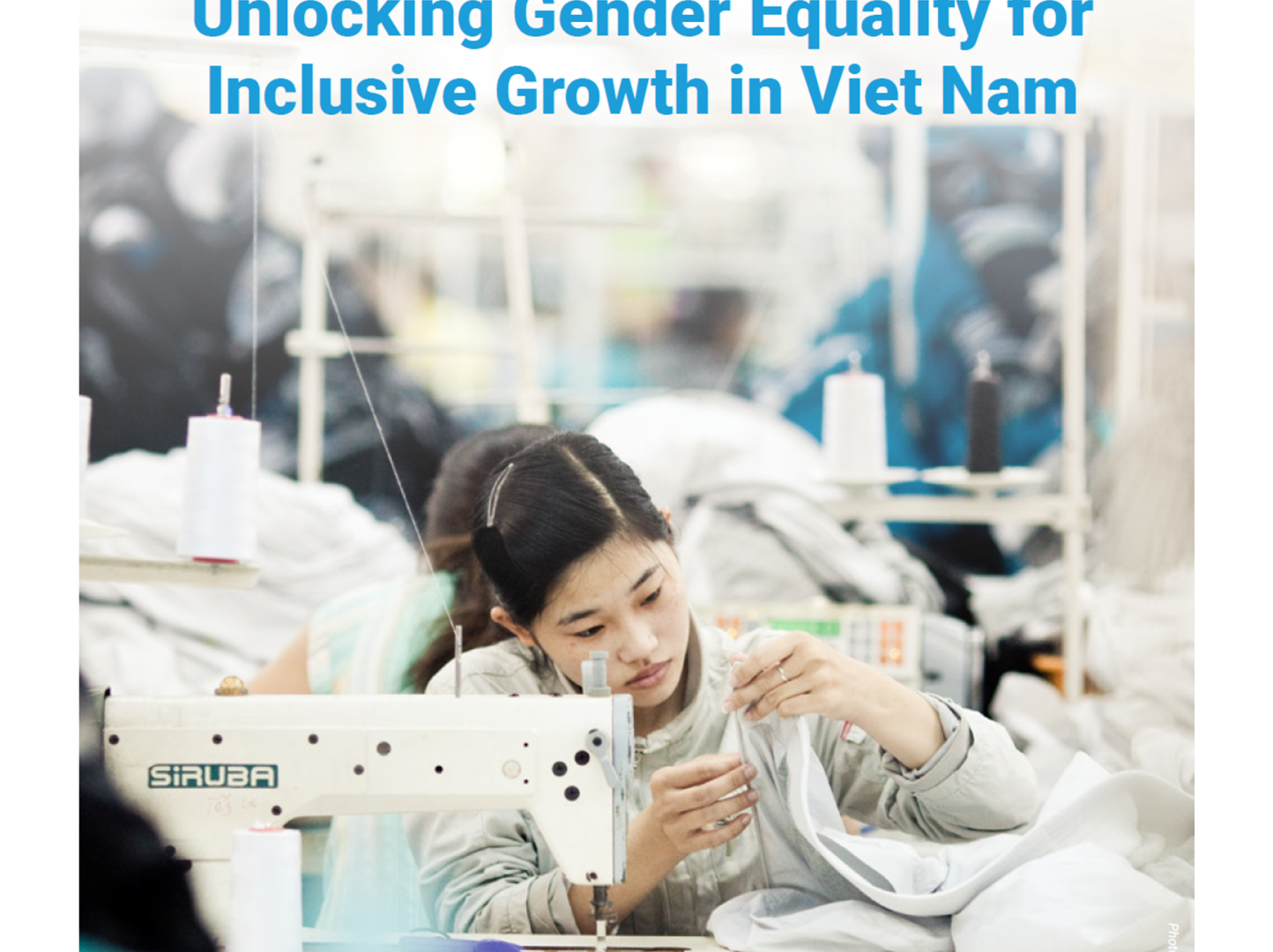JOINT RESPONSE PLAN TYPHOON YAGI AND FLOODS - VIET NAM

On 7 September, Typhoon Yagi, Viet Nam’s strongest in 30 years, struck the northern part of the country with powerful winds and days of heavy rains, resulting in devastating floods and landslides. The destructive force of this typhoon has brought immense challenges to thousands of families and communities, severely impacting livelihoods, homes, critical infrastructure and the provision of basic services. As Viet Nam faces increasing risks of extreme weather events due to the growing effects of climate change, Typhoon Yagi is yet another reminder of the urgent need to bolster our collective efforts in responding to immediate needs, early recovery, building resilience and preparing for the future.
The impact of Typhoon Yagi has not only heightened humanitarian needs but also disrupted livelihoods, particularly among vulnerable communities dependent on agriculture and small-scale trade. The international community has responded in solidarity with Viet Nam, swiftly offering in-kind and financial support.
Under the overall leadership of the Resident Coordinator’s Office (RCO) the Joint Response Plan was developed by the Intersector Coordination Group (ISCG), sector coordinators and their respective members, in consultation with the Government of Viet Nam. It aims to identify those critical response priorities to be covered by UN agencies, NGOs and the Viet Nam Red Cross in order to augment the wider Government response. The joint response plan will cover a period of nine months (September 2024-June 2025) and will consider both the immediate humanitarian needs and early recovery activities, which are mainstreamed and integrated through all sector plans. Sectors involved in the plan worked in close coordination with each other to ensure that planned priority activities have the most significant impact on the lives of the most vulnerable people.
The Joint Response Plan summarizes coordinated response priorities of UN and NGOs and articulates the financial resources required to implement priority programs. The plan provides accountability to Government by outlining the coordinated support that will be prioritized by international organizations, including priority sectors and interventions. The plan also focuses on supporting acute needs of the most vulnerable – poor, near poor, pregnant and lactating women, ethnic minorities, children, elderly, people with disabilities, and the displaced, with strategic consideration given to cross cutting issues (cash, gender, protection, environment).








